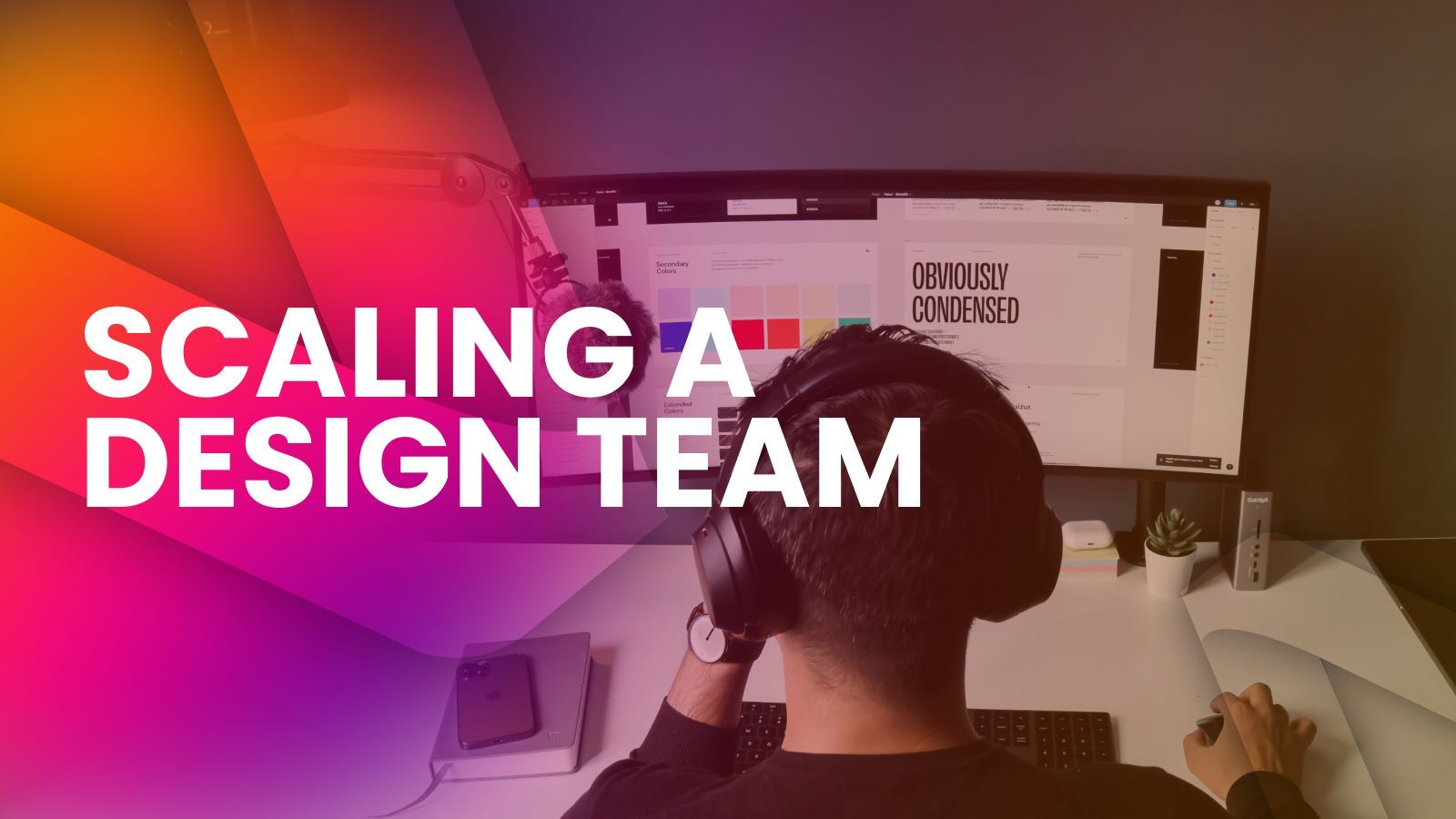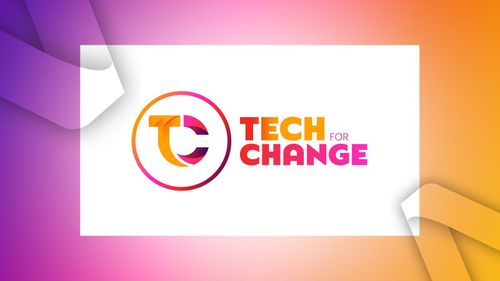
As a startup grows, so does its design needs – whether in product design, graphic design, or software design. And scaling a design team is crucial for company growth because good design is proven to produce superior business performance. But knowing when and how to scale can be challenging.
In this guide, we’ll explore the right time to scale a design team, the key qualities to look for in your talent, and the best processes to implement as your team grows.
How to Know It’s the Right Time to Scale
Successfully scaling a design team is about more than just increasing headcount. It requires careful observation and planning to ensure the right roles and skills are scaled at the right time.
Here are five key indicators that suggest it’s time to scale your design team:
Workload Overload: If your current team is constantly overworked, struggling to meet deadlines, or having to compromise on quality, it’s a clear sign you need to scale.
Business Growth: Entering new markets and adding on products, features, or marketing campaigns will require more design resources. You’ll need to have the design team in place to support this business growth.
Inconsistent Brand Identity: If your design output lacks consistency due to insufficient resources, it's time to invest in a bigger team.
Specialized Needs: As projects become more complex, you may require specialists such as UX researchers, motion designers, or interaction designers to keep up with design expectations.
Missed Opportunities: If your business is losing potential revenue because your design team can't keep up with the demand, you need to expand.
Key Qualities to Look for in Your Design Team
Design quality cannot be overlooked as your startup grows. As former IBM CEO Thomas J. Watson Jr. said: “Good design is good business.” A strong design team needs to balance creativity, technical skills, and collaboration to reap the business benefits.
Each design team has its own unique talents and challenges, but there are certain qualities you should always look for:
- Adaptability: A growing team needs talent that can quickly adapt to new workflows and challenges.
- Collaboration Skills: Designers often work closely with developers, marketers, and product managers so teamwork is essential.
- Problem-Solving Abilities: Design requires finding creative solutions for problems such as usability issues, branding challenges, or complex software interactions.
- A User-Centric Mindset: A successful design team prioritizes user experience and understands the importance of research-driven design.
- Technical Proficiency: Designers should be experts in industry-standard tools and software.
Scaling a Product Design Team
Product design teams focus on imagining and creating user-friendly, functional experiences for digital and physical products. Scaling a product design team specifically involves:
- Hiring UX and UI Specialists: As your product grows, specialized roles like UX researchers, UI designers, and interaction designers need to be added to your team.
- Implementing a Design System: A unified design system helps maintain consistency across various products and interfaces.
- Collaborating with Developers: A strong partnership between designers and developers ensures smooth implementation.
Scaling a Graphic Design Team
Graphic design teams establish a distinct visual identity for startups and handle branding, marketing assets, and visual communication. To scale this team effectively:
- Diversify Skill Sets: Look for expertise in illustration, motion graphics, and digital marketing design.
- Standardize Branding Guidelines: Clear brand guidelines outline exactly how logos, color, typography and more should look across your product to help maintain consistency in all creative assets.
- Invest in Automation Tools: Tools such as templates and AI-powered design software can help speed up repetitive tasks so your team can focus on more creative responsibilities.
Scaling a Software Design Team
Software design teams bring a startup’s vision to life by transforming ideas and user requirements into a tangible software structure. When scaling your software design team to meet increased demand, be sure to:
- Expand Research Capabilities: Invest in UX research to make data-driven design decisions.
- Integrate Agile Workflows: Put agile design processes in place to improve collaboration between designers and developers.
- Leverage Prototyping Tools: Tools like Figma, Sketch, and Adobe XD streamline design and feedback loops.
Processes to Implement as Your Team Size Increases
The bigger a team gets, the more important structured processes become for efficiency and consistency. Here are important steps and strategies for scaling your design team successfully:
Map Out Your Current Team: Create a chart of your team’s skills and capacity. This should give you a clear picture of where the biggest gaps are and set you up to hire strategically.
Define Clear Roles: Avoid confusion and inefficiencies by clearly outlining each team member’s responsibilities and expectations.
Establish a Design System: This set of design standards ensures a consistent look and feel across a startup’s products and experiences.
Use Project Management Tools: Platforms such as Asana, Jira, or Trello keep tasks organized, improve collaboration, and streamline workflows.
Hold Frequent Design Reviews: Feedback sessions help maintain high-quality output, ensure team alignment, and encourage continuous improvement.
Implement a Strong Onboarding Process: A structured onboarding program ensures new hires integrate smoothly, understand workflows, and can contribute to the team from day one.
Prioritize putting these processes in place so your growing design team can stay organized, efficient, and aligned with your company’s goals.
Are Recruitment Agencies Worth the Cost?
Recruitment is a time consuming and often difficult part of scaling, but its importance can’t be underestimated. One of the biggest mistakes startup leaders make is rushing through the people process and not investing enough resources into finding the right talent. Don’t settle for less.
When scaling a design team, recruitment agencies can be an asset, but they do come at a cost. Here’s are the positives and negatives to consider:
Benefits of Using a Recruitment Agency
- Access to Top Talent: Agencies have networks of skilled design talent and can connect you with high-quality candidates quickly.
- Time Savings: Recruitment agencies handle applicant screening and initial interviews, freeing up your internal resources.
- Hiring Expertise: Specialized agencies understand the nuances of hiring for creative roles, which can be a huge plus when scaling.
Downsides of Using a Recruitment Agency
- High Costs: Agencies typically charge a percentage of the hire’s annual salary, which can be expensive.
- Unfamiliarity with Company Culture: External recruiters may not fully understand your company culture and whether a candidate would be a good fit in that sense.
- Limited Control: You may have less direct involvement in the early-stage candidate selection process.
Ultimately, the correct decision depends on your company’s budget and hiring needs. If you have an in-house HR team with experience in creative hiring, you may not need an agency. However, if you’re struggling to find the right talent or need to fill a role fast, an agency can help speed up the process.
Don’t let your design team become overwhelmed and burnt out. Match your startup’s design capacity with the creative demand by scaling at the right time, with the right talent, and the right processes in place. These strategies allow you to build a strong, innovative design team that supports your startup’s growth.
For more on scaling a startup successfully, check this guide: How to Scale a Startup: Signs Your Company is Ready to Grow


